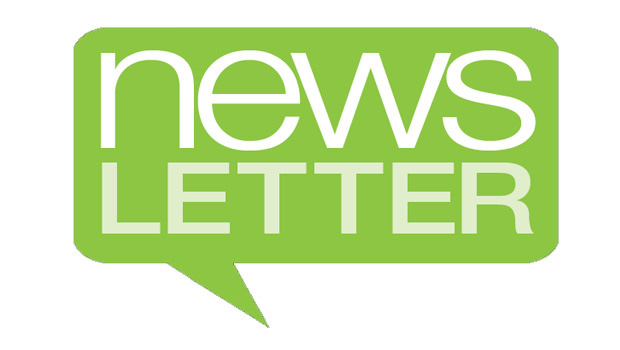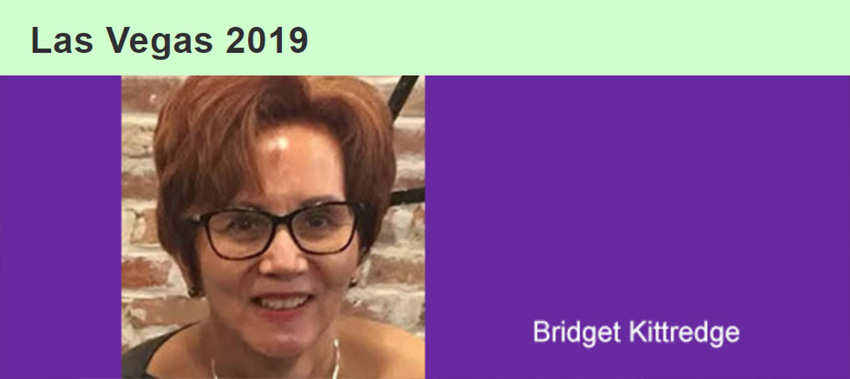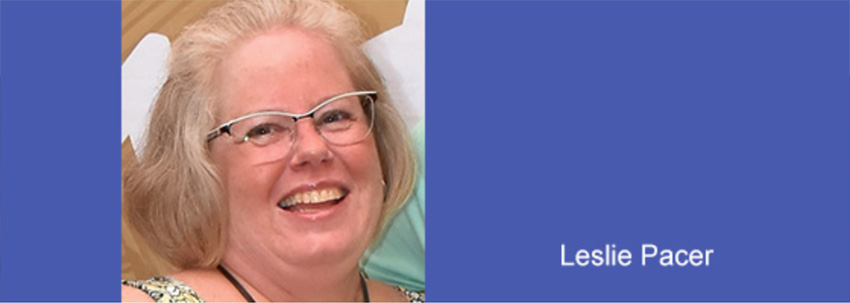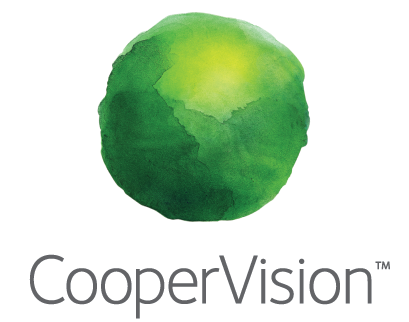

Taking the Measure of the Year

By Milissa Stone, SNAPP Board Member
The end of the year is a busy time for most of us. Not only are we trying to cross items off our personal to-do lists, our Pearle Vision Center locations are likely facing the year-end rush of patients and customers.
Business planning often gets pushed down the list of priorities until things settle down. How many of us have said, “I’ll do that when things slow down”? In reality, things may never slow down enough to take the time; which is why we have to make the time to plan and think about the future of our businesses.
The SNAPP Board has been very busy planning the next National Meeting, which runs March 4-6 in Atlanta in conjunction with SECO. SNAPP’s theme is for 2020 is “Clearly Measurable Results.” We’ll be hearing from new experts like Christopher Wolfe, OD, FAAO, on “You can’t improve what you don’t measure,” Charlie Saccarelli, ABOM, on workplace dynamics and Anthony Cavallerano, OD, FAAO, on telemedicine.

These and other activities will help those who attend build on our successes of 2019 and plan for a better 2020. Each SNAPP National Meeting does that—as so many attendees are talking about the “clearly measurable” impact bringing new services or products has had for us.
In my business, for example, we’re now working with text-based patient engagement systems to communicate with current and new patients. We’ve also added a second optometrist to meet our growing demand for eye exams and eye care services. These kinds of decisions cannot be made without taking the time to stop and plan.
I hope everyone will take a moment now to consider committing to attending our next SNAPP National Meeting in Atlanta. Registration for the event will open in early December, so check the SNAPPgroup.org website often.

SNAPP Meeting is Valuable for the Team and the Business
Bridget Kittredge usually brings one of her two managers along with her to SNAPP meetings each year. Sharing in the experience and learning together leads to better engagement with new information and ideas, and Kittredge says it helps make her a better operator, as well. “My managers and I usually come back recharged and motivated to do our jobs,” she says. “We can always do something better. When we change things from within us then we can change things around us.”
Kittredge has been owner of the Quincy, Massachusetts, Pearle Vision Center location for 33 years, and her tenure with the company dates back to her senior year of high school. She worked her way through positions with corporate as an optician, sales trainer and then manager, before franchising in 1986. She’s been attending SNAPP meetings since the second event and says, “I find the group is a valuable part of running our business. Networking with our peers and sharing ideas have a direct and positive impact on us as Pearle licensed operators.” She adds, “The tailored experience offers takeaways that cannot be compared to a typical continuing education session.”
Since the SNAPP Las Vegas meeting, Kittredge has installed the ABB Optical Group contact lens worksheet on the desktop of all retail floor stations. Previously, her team did the math on paper to break down costs for customers. “This looks more professional and is a good tool for them to take home in case they don’t buy same day,” she says. She also appreciated the message on taking a step back to look at the office through the eyes of an outsider. She is planning to take some photos for review to identify new ways to reorganize and do a deep clean.
Kittredge can relate to her colleagues who may struggle with the decision to close their store to attend a meeting such as SNAPP’s. In fact, last year she had to cancel her plans to attend when the store was extremely busy and short-staffed. “I missed seeing everyone and just reading through the material is not the same as being there,” she says, so she made it a point to get back to Las Vegas this year. She was thankful to have all days covered except for her Friday, but she decided it was worth staying at the meeting an extra day. “Friday is one of our shorter days but I felt what we would gain by staying at SNAPP outweighed the amount of business lost.”

Connections Made at Conferences Have Long-lasting Impact
Leslie Pacer, LO, of Webster, New York, looks forward to the SNAPP conferences. She can personally attest to the camaraderie built during both educational sessions, as well as during casual interactions with fellow attendees. “You meet people you can reach out to with questions. I know I can pick up the phone and call them if I have a question; I know I’m not alone in my struggles.” Pacer adds, “The amount of time for interaction and ice breakers at the conferences leads the attendees to meet new people and break out of their comfort zones as opposed to sticking with the people they already know.”
Since attending these meetings, Pacer has applied several new methods and ideas to her business. Among the most effective has been the use of texting patients for recalls and reminders. Instead of following up on voicemails and missed calls, her practice can text customers that their eyeglasses or contacts are ready to be picked up. It’s been a huge hit with her staff and her patients. The ability to text has eliminated the amount of valuable time spent playing phone tag.
Along with the networking and relationship-building aspect of the conferences, the attendees spend time with the industry-leading vendors, which is how she connected with Clover and FirstData for credit card processing. Both having made significant impact on her business.
Besides the practical aspects of conferring with like-minded professionals and getting hands-on lessons from vendors, there is a personal growth aspect as well. Pacer credits the conferences with learning about how to recognize different dynamics and personalities within the office and helping with general HR and communication practices. “Attendees of the conference head back to their practices with a fresh outlook and uplifted attitudes,” she says.

Conflict Resolution Strategies
Tip of the Month from AmCheck
Employers often tolerate unresolved conflict because it isn’t a legal matter with potential financial consequences, they’re busy with other things, or they don’t know how to manage it. However, unresolved conflict is among the most dangerous threats to an organization because it prevents people from collaborating and working efficiently. The resultant lack of teamwork can be devastating to a thriving business.
Some of the most common causes of conflict are listed here.
1. Miscommunication and misunderstanding: A speaker is unclear or a listener takes a statement the wrong way.
2. Incompatible positions or priorities: Two or more individuals (or teams) can’t all get what they want. For example, maybe a deadline that one person requires can’t be met without someone else having to rearrange their priorities.
3. Emotional manipulation: Once emotional manipulation is identified, it breeds distrust. People who distrust one another can’t work well together.
4. Internal competition: Competition can be healthy within an organization, but it can also incentivize people to play dirty creating an environment where associates undermine or sabotage the efforts of others. The team stops collaborating, communicating and sharing their work.
5. Poor performance: One associate’s poor performance can lead to a chain reaction that eventually topples the entire organization. Distrust, resentment, anger and other negative emotions are the result.
Solutions
1. Build a platform for collaboration: Employees often need to find an area of shared interests, so they have some common ground to build on. Examples are an important project or quarterly earnings goal. Help employees see that everyone wants the organization to succeed in its mission.
2. Address behavioral and performance problems: Tolerating behavioral and performance problems, especially when they affect the work of your good performers, will only hasten your most talented employees out the door.
3. Teach people how to communicate clearly and effectively: Being able to communicate well takes more than an understanding of grammar and syntax. It also takes empathy, candor and an ability to read non-verbal communication cues and anticipate how they might perceive and react to what’s communicated. Perhaps most importantly, good communication skills require the ability to listen.
4. Practice conflict resolution techniques: There’s no better way to develop and maintain skills than to practice them. Set aside time at a company offsite or team meeting to role-play different conflicts; you can call this “working through scenarios” if you think your team will bristle at the thought of acting. These practice sessions will give your employees an opportunity to work creatively through impasses without stress and frustration—and without hindering their work. They can then apply these skills to the real-life conflicts that will inevitably arise.

Update Your Fee Schedules Now

By Shane Shepherd, Sr. Insurance Sales Manager, VisionWeb
We’ve discussed fee schedules in this space before. But now is the time for you to arm yourself with knowledge and prepare your practice for the new year. Here’s what you need to do:
• Call the provider representative at the insurance company and ask them to fax you a copy of your contract with an updated fee schedule for 2020.
• Go to the provider section on the insurance company’s website and download a copy of the fee schedule. You have to be logged in and a registered provider in order to obtain this information on their website.
• Once claims with a DOS of 2020 start being processed, review EOBs and ERAs from your billing department that show the allowed amounts for each billed code.
Now that you have the numbers themselves, what’s next?
1. If you notice that a payer is paying a code in full, you should consider raising your usual and customary rates. Find out how much their reimbursement rate is and be sure you are charging above that amount. If you are unsure exactly how much to raise it, 20-30 percent more than the listed amount is a safe place to be. With reimbursement rates constantly shrinking, this is an area that can immediately increase your inflow.
2. If using a practice management system, learn how to list these fees in your system. It will ensure that you collect the correct amount from co-insurance plans like Medicare.
3. This is a great time to make sure there haven’t been any changes in how the codes are processing at the payer. Make sure the procedures are actually processing as expected.
Fees can change on a quarterly basis, but most providers use the beginning of the year as the primary time to assess these types of issues. Don’t put it off any longer, get this aspect of your business setup properly before you hit that end of year rush!
Shane Shepherd is the Sr. Insurance Sales Manager for VisionWeb. He’s happy to answer questions you have about your claim filing methods at sshepherd@visionweb.com.





